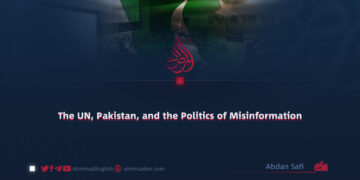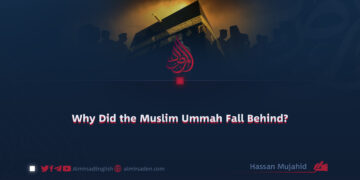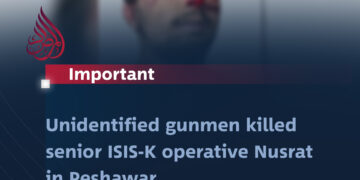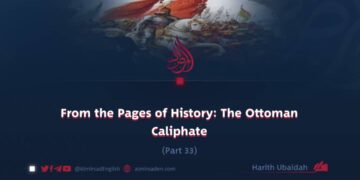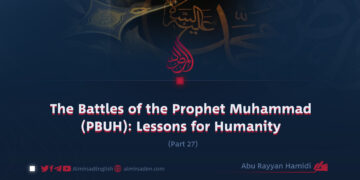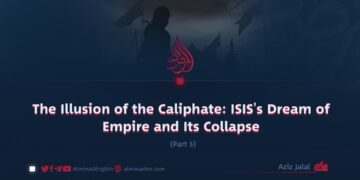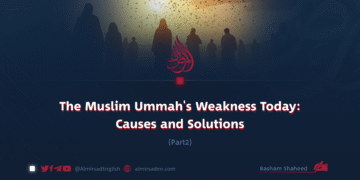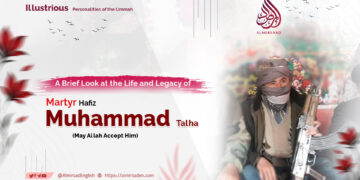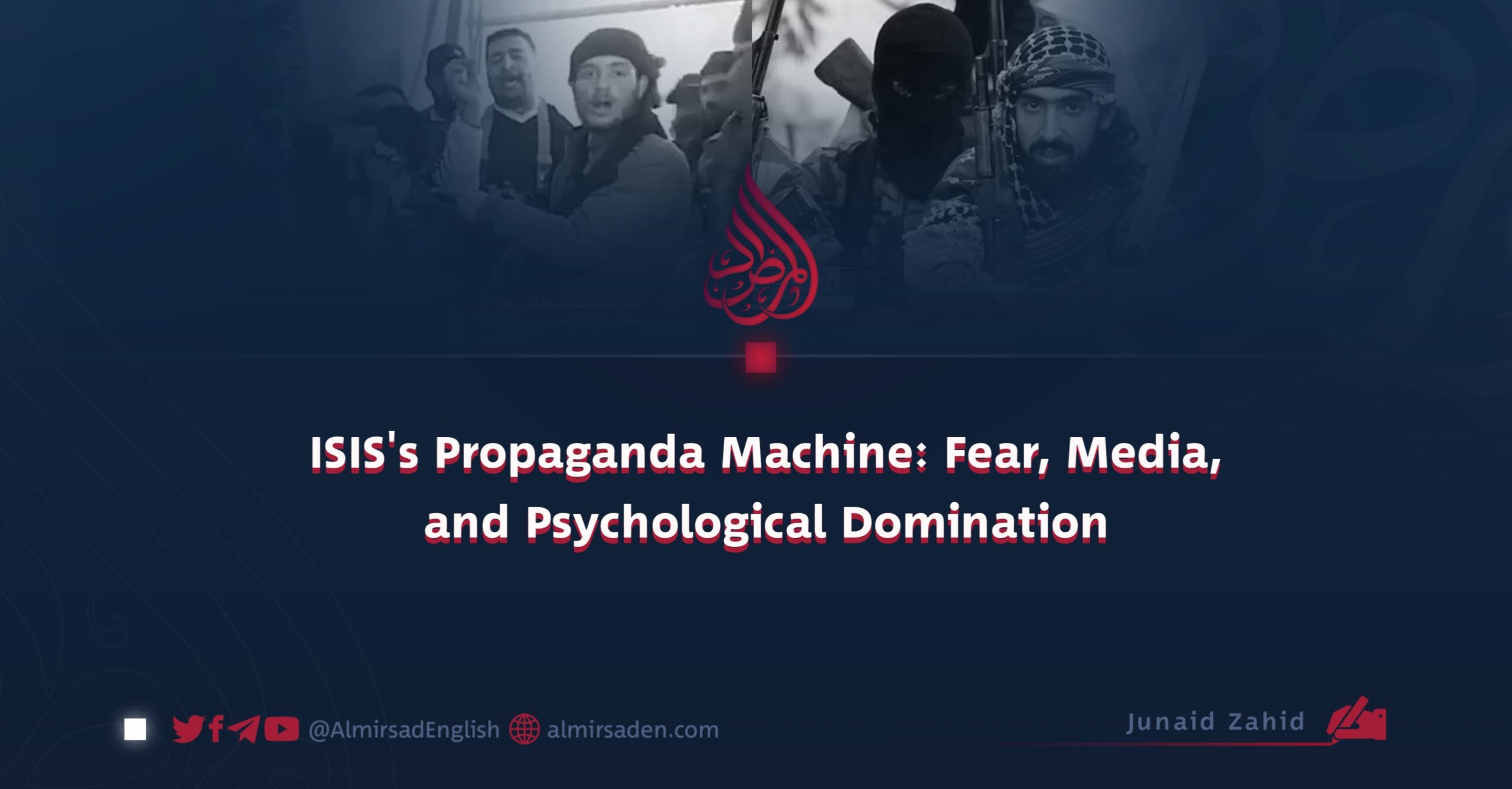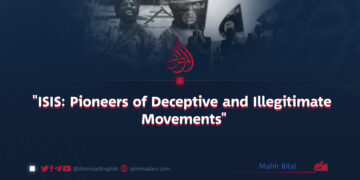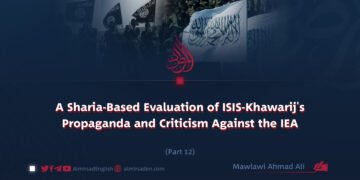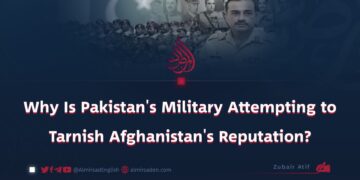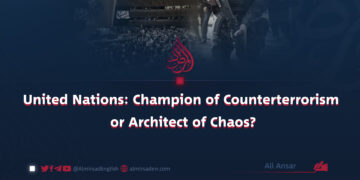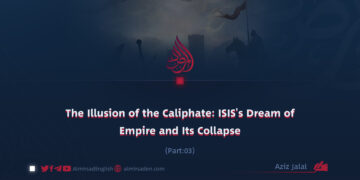Junaid Zahid
In the contemporary age, ISIS demonstrated a profound understanding of media dynamics, skillfully transforming psychological warfare into one of its most formidable weapons. Though rooted in a medieval mindset, the group adeptly exploited modern communication platforms, not merely as tools of outreach but as lifelines for its takfiri ideology, transmitting it even to the most remote corners of the world.
ISIS militants, notorious for their brutality, strategically manipulated visual content and advanced filmmaking techniques to craft an image that was both horrifying and disturbingly captivating. Aware that visual imagery leaves a deeper imprint than words, ISIS heavily invested in producing high-quality videos, often enhanced with Hollywood-style special effects. These productions were not mere records of atrocities; they conveyed calculated narratives of strength, order, and an idealized life under the so-called caliphate.
From dramatic musical scores to powerful symbolic visuals, these videos were embedded with psychological triggers aimed at shaping perceptions. They targeted vulnerable individuals, particularly those in the West experiencing identity crises, disillusionment, or latent tendencies toward violence.
At the heart of ISIS’s media strategy lay two principal objectives: recruiting followers through emotionally resonant storytelling and instilling fear in the hearts of its enemies. On the recruitment front, ISIS weaponized emotionally charged content and misused religious symbols to foster a sense of belonging to a “global ummah.” The message was intentionally simple yet compelling: “You too can be the hero of this story.”
On the other hand, ISIS’s true mastery lay in the spread of fear. It deliberately disseminated graphic scenes of violence, including beheadings, immolations, and drownings, not merely as spectacles of cruelty but as displays of invincibility. Each video conveyed a chilling message: “Resistance is futile.”
The group also borrowed extensively from Western media tactics, understanding that global news outlets thrive on sensational and shocking content. It calibrated its violence to provoke maximum attention, brutal enough to shock yet measured to avoid desensitization or disengagement. This precision ensured that international media, often unintentionally, amplified ISIS’s propaganda by featuring its content. Even when platforms like Twitter (now X) suspended ISIS-linked accounts, the group quickly adapted, shifting to alternatives like Telegram where private channels enabled continued communication.
Underlying this propaganda campaign was a psychological method rooted in the theory of “fear and refuge,” a tactic employed by totalitarian regimes such as Hitler’s. ISIS first created an atmosphere of overwhelming fear through its heinous acts, then paradoxically presented itself as the only refuge from that fear: “Fear us and follow us.” This dual strategy, both terrifying and alluring, revealed the group’s keen awareness of the psychological vulnerabilities of modern individuals. They understood that fear could function not only as a force to flee from, but as a mechanism to gain warped allegiance.
In the end, ISIS succeeded in constructing an image that was simultaneously revolting and magnetic, savage yet calculated. This deliberate contradiction became central to capturing global attention. Although the group has since suffered severe territorial and organizational setbacks, its media legacy endures as one of the most chilling and effective examples of extremist propaganda in the digital age. It underscores a sobering truth of our time: in the information era, a single viral video can be more devastating than an entire battalion of tanks.



